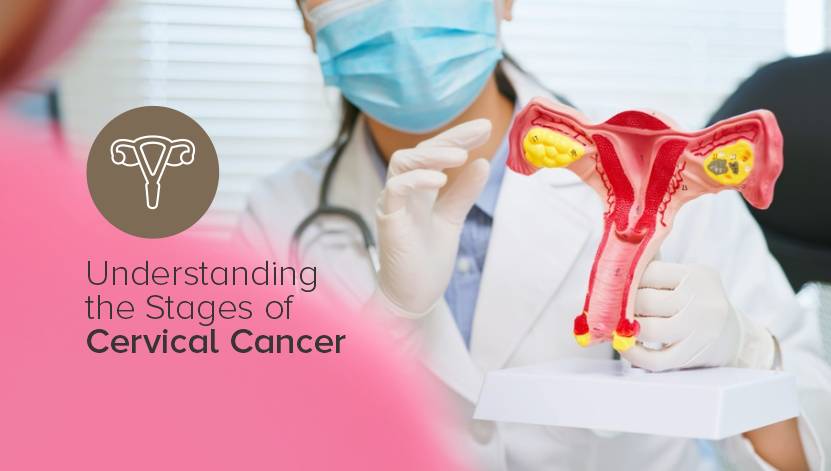Cervical cancer is a type of cancer that develops in the cervix, which is the lower part of the uterus that connects to the vagina. This type of cancer is caused by the human papillomavirus or HPV. While it is a serious disease, early detection and proper treatment can increase the chances of survival. Understanding the stages of cervical cancer is important because it allows you to identify the severity of the disease and determine the appropriate treatment.
